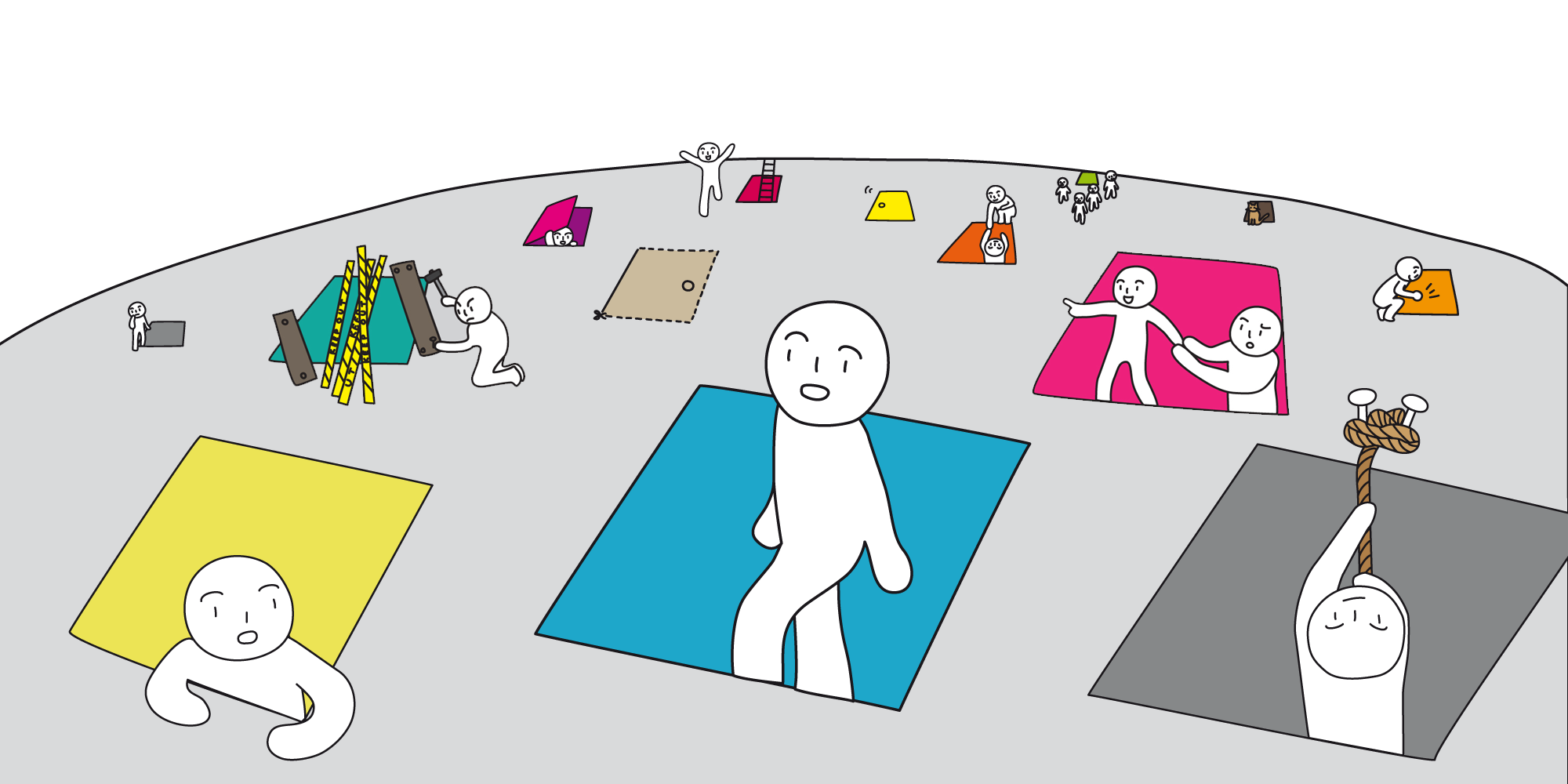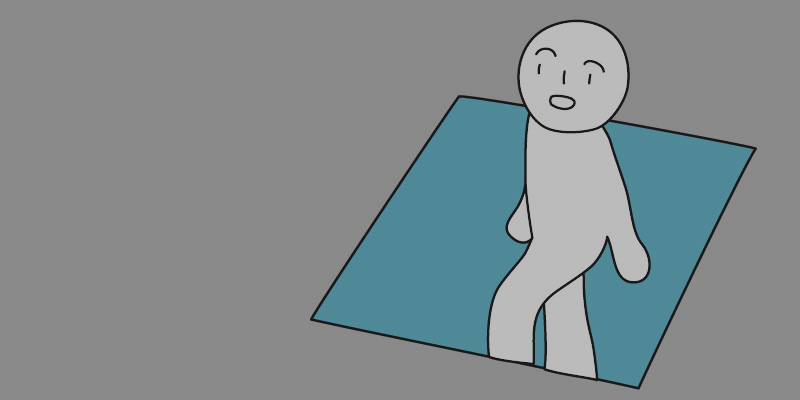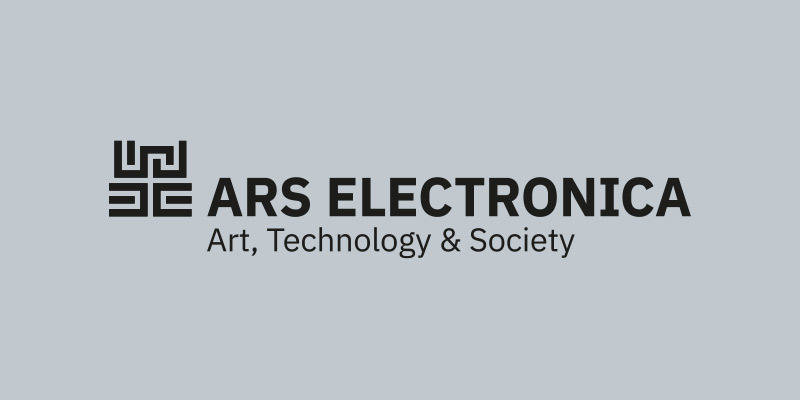Location
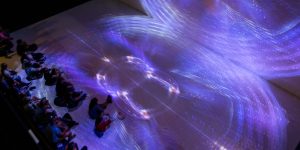
Singing Sand 2.0
Tadej Droljc (SI)
Singing Sand 2.0 is the newest iteration of Tadej Droljc’s experimentations with abstract stereographic 3D computer graphics, rendered in 8K for the first time. The piece is an immersive, audiovisual experiment in which the movement of particles is sonified in real-time, affecting the color- and soundscape that envelopes the audience.
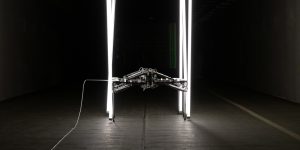
CRYPTID
Michael Candy (AU)
A monumental robotic light sculpture, CRYPTID exists as a vibrant anomaly in contrast to contemporary automata, sharing a presence both radiant and reserved.
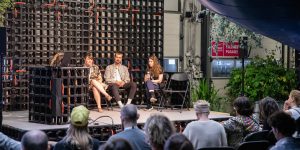
Co-Thinking the Renewal of Fashion
FRI 6.9. | 13:30 – 15:00 In this panel, artists and scientists involved in the Re-FREAM project will share their perspectives on future developments in the fashion industry, talking about responsive fashion, future materials and the fashion production system.

Reset the Forest
Clara Molinicos (ES)
Reset the Forest: Interactive Reforestation Device is a project developed from an ecomedia perspective. Its main objective is to promote awareness of forest fires through a device equipped with an interactive graphic interface. The installation shows the aerial view of a burned space, which is displayed on a horizontal screen covered with a transparent fertile substrate.
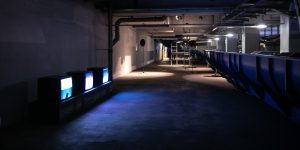
EXILE, Vienna
EXILE is a platform for contemporary art founded in 2008 by Christian Siekmeier. EXILE understands art as a collaborative, inter-generational and overarching discourse embedded in a complex web of socio-political, gender and personal histories as much as in aesthetic theory and conceptual practice.
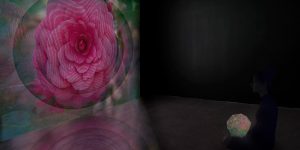
Sonicaedro
Poli Mujica (CL)
Sonicaedro is an installation of an Interactive Interface (HCI) within a dark and closed space. Through the tactile interaction with a dodecahedron of iridescent methacrylate, the user is able to generate a series of visual as well as sound responses in the environment. The videos projected in the room revolve around themes of sacred geometry in nature.
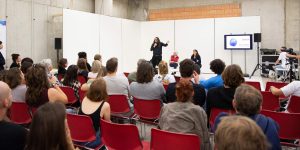
Gallery Spaces Panel VII: Digital art going mainstream?
With the history of digital art commencing in the 1960s to current immersive digital art installations, (meow wolf, artechouse Team Lab or GAN) generating an immense following quickly and quoted as commercially successfully - did digital art become mainstream? Marketplaces for native digital art mushroom in a battle for creators advertising a new way of experiencing, collecting and showing art. The conversation will try to unfold what artistic production of digital art means for the artists themselves, museums and collectors with regard to exhibition making, collecting and archiving.

H.C.S (Hybrid Cellular Scaffolding)
Carlos del Valle (ES)
This ongoing research is an interdisciplinary and speculative process that explores – through the lens of BioArt – the fusion between printed scaffolds and non-organic forms of artificial design and decellularized E.C.M (extracellular matrices). In this hybridization of materials, cells of different cell lines will be cultivated.
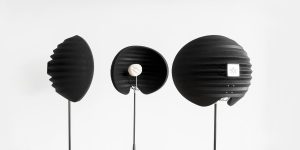
Spiritual reality
Lou Cantor (DE)
Wenn wir mit den Chatbots von Lou Cantor sprechen, sprechen wir in eine akustische Leere, die dazu dient, die gesprochenen Geräusche in einem Aufnahmemikrofon zu isolieren. Das Mikrofon selbst wird durch eine Skulptur in Form eines humanoiden Mundes ersetzt. Wir erwarten eine Antwort, während wir Fragen oder Bedenken äußern, aber es wird keine Kommunikation zwischen uns und dem Mikrofonersatz des Chatbots geben.
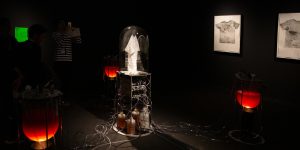
Labor
Paul Vanouse (US)
How does work smell? Labor is a dynamic, self-regulating art installation in which the smell of sweat is produced without any human effort. The body odor is artificially produced in glass bioreactors in which special human skin bacteria grow. While these bacteria metabolize simple sugars and fats, they produce smells reminiscent of human sweat. A white T-shirt in the center of the installation picks up the "scent" and stores it in its fibers. Paul Vanouse's "sweat stain prints” shown in the exhibition, are also based on the sweaty T-shirt – the icon of wage labor, stress and exploitation: Freshly sweaty shirts were dusted with charcoal and pressed between paper under high pressure.
